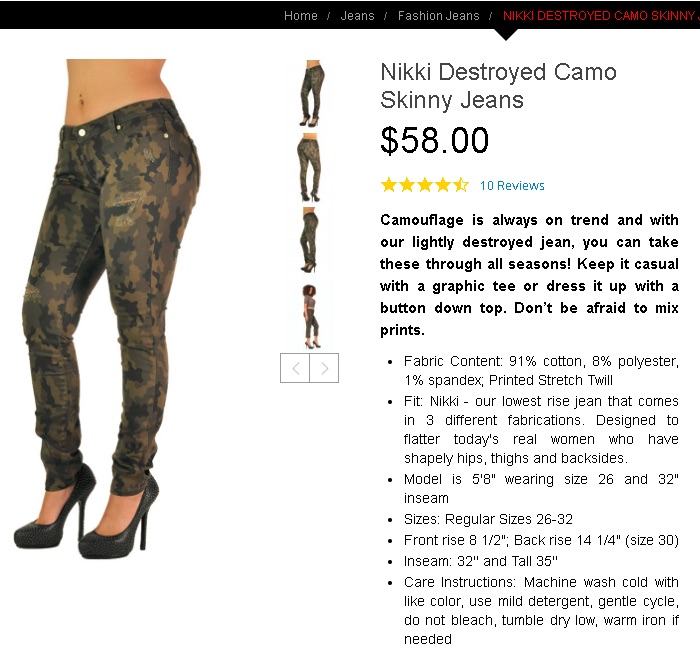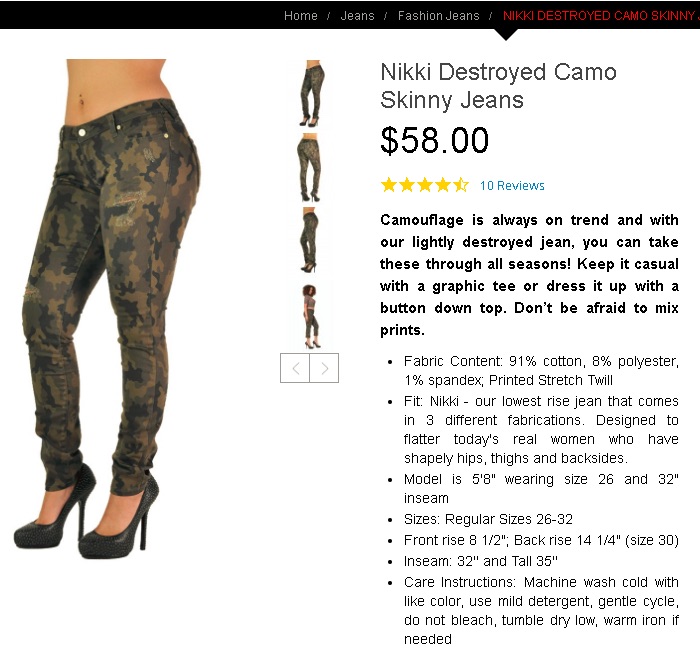It informs a reader while also making her interested in your products. Provide detailed measurements even if your website has a fit guide. On your About Us page, focus on the benefits to your shoppers. Enticing content that’s gated — requiring a shopper’s email address to access — can be a reliable (and affordable) source of leads in my experience. The more quality guides on your site, the more time your shoppers will spend on it. Consumers love watching and sharing informative and entertaining videos. Especially for YouTube and your website, always name video files using keywords you want to target. Product images, infographics, holiday guides, collages, lookbooks — all could make your site authentic and your social media posts memorable. Schedule content to post automatically, such as on your blog, social media site, and email deployments. Use influencers to promote your information to their audiences in addition to your products.
Compelling marketing content delivers information in a friendly, trustworthy, non-selling manner. It informs a reader while also making her interested in your products.
Content is an essential part of an overall marketing strategy for online merchants, including those in the fashion industry. But most smaller fashion retailers don’t typically have the budget for a professional content strategist. Most adopt a do-it-yourself approach.
In this post, I’ll describe an affordable content marketing strategy that works for my clients, industry leaders, and me.
3 Types of Content
Website text. The text on your ecommerce site provides helpful information and optimizes your site for search engine rankings.
- Product descriptions. Use at least 100 words — the more, the better. Describe the product, its benefits, and ways to wear or use it. Provide detailed measurements even if your website has a fit guide.

Source: Poetic Justice Jeans.
- Category and subcategory text. Tell a story about why shoppers need the product. For example, if you sell candles, explain the benefits of decorating with candles. If you sell shoes, list latest shoe trends and style advice. If you own a fitness studio, provide details of the classes and how they help attendees.
- About Us page. Business owners frequently make the mistake of offering tons of facts about themselves and their work journeys. However, all that shoppers care about is what you can do for them and how your product can improve their lives. On your About Us page, focus on the benefits to your shoppers.
- FAQs. For a frequently-asked-questions page, list as many questions, answers, and topics as is feasible. Research your competitors’ FAQs and make yours better, more comprehensive. Address even minor details.
- Shipping and return policy. Be crystal clear and easy to understand from the start.
- Blog posts. If you don’t publish useful articles and guides, your competitors will do it for you. Seventy-seven percent of consumers read blogs, according to the Content Marketing Institute. Moreover, blog posts attract the bulk of organic traffic to most websites.
- …

COMMENTS